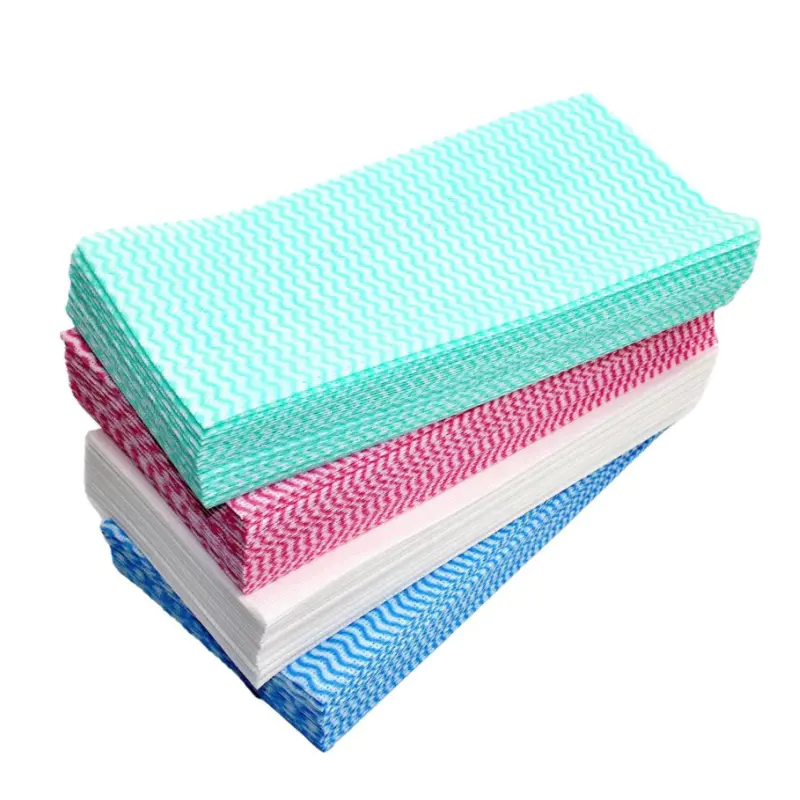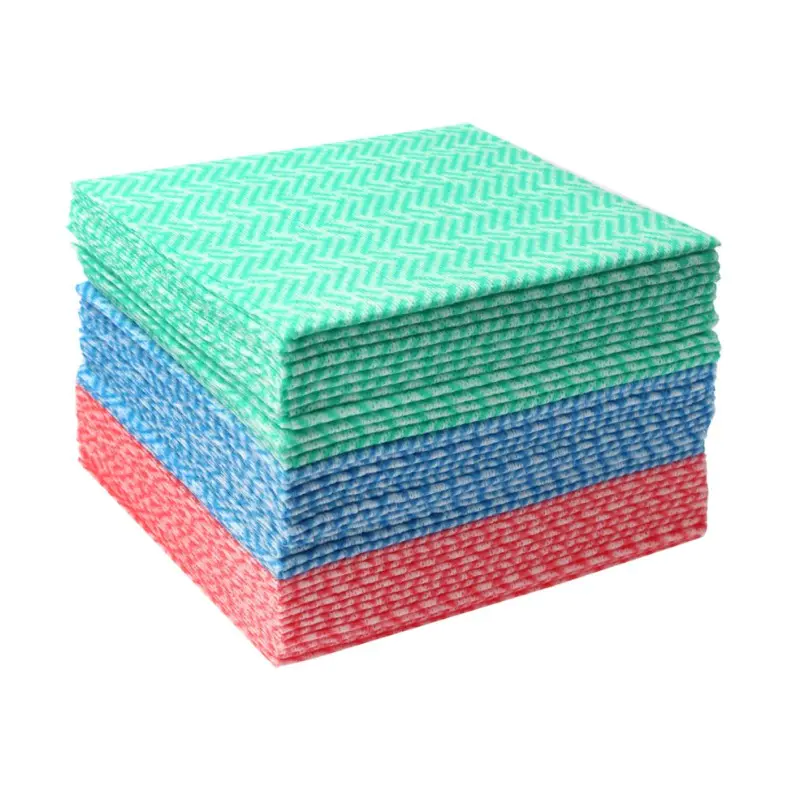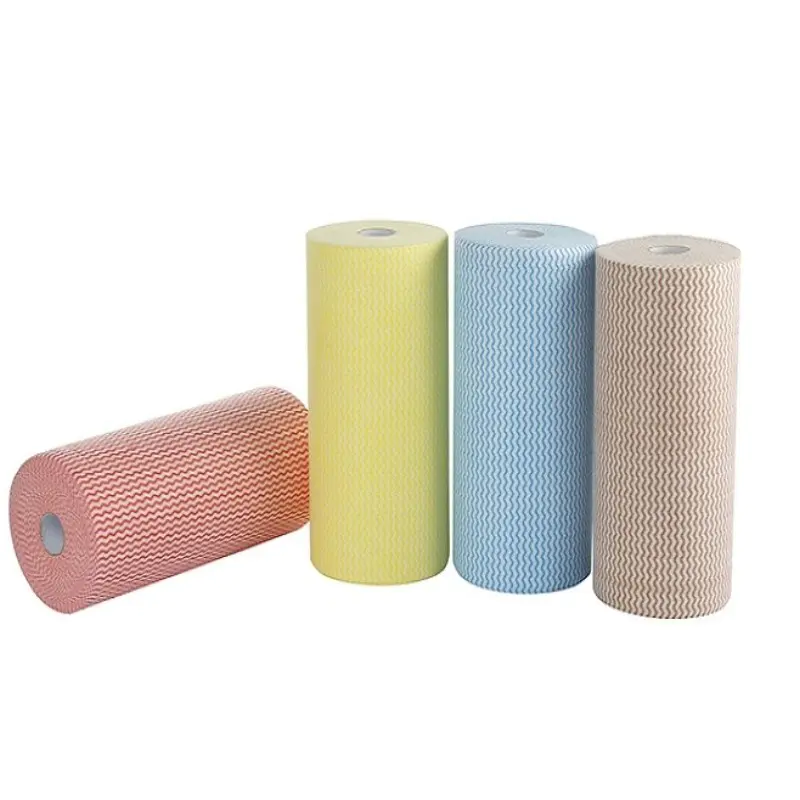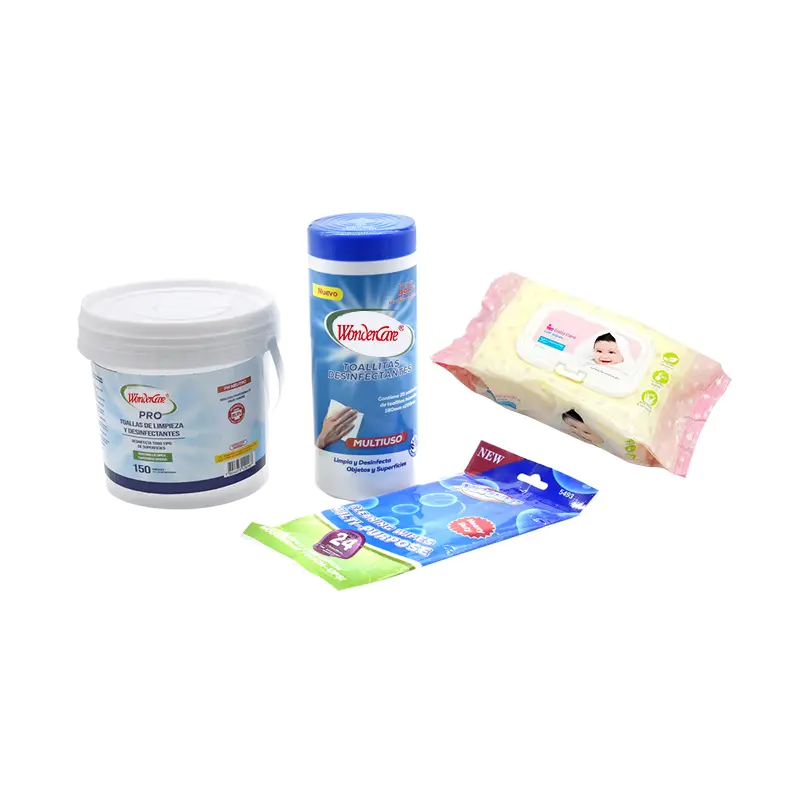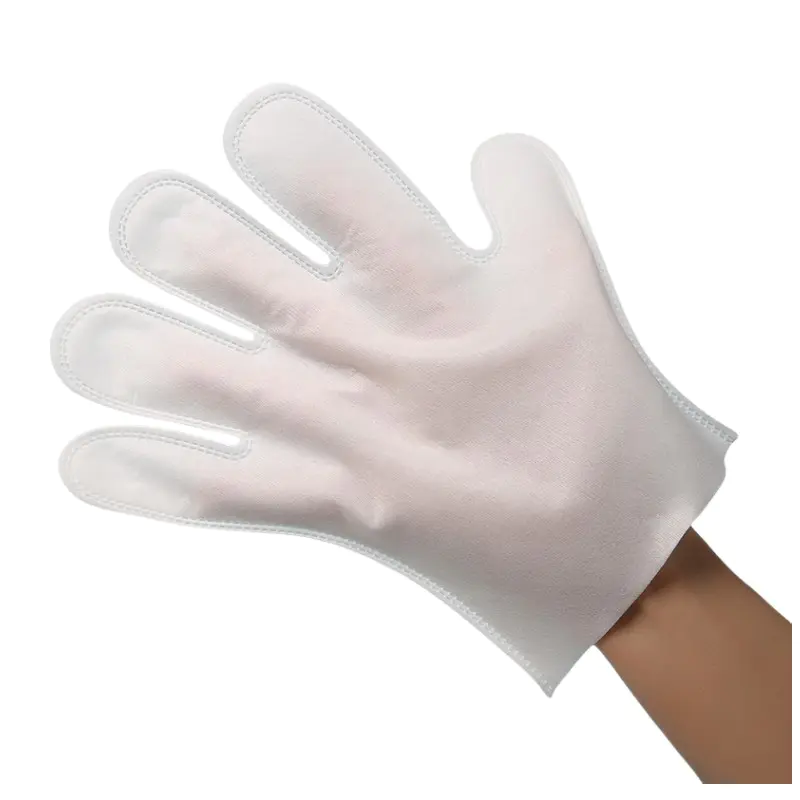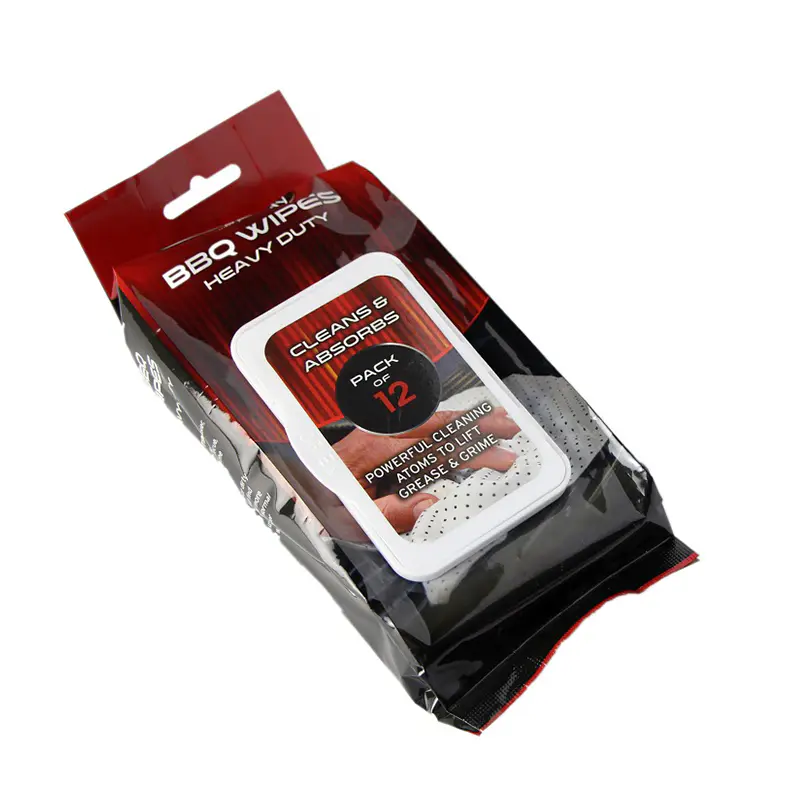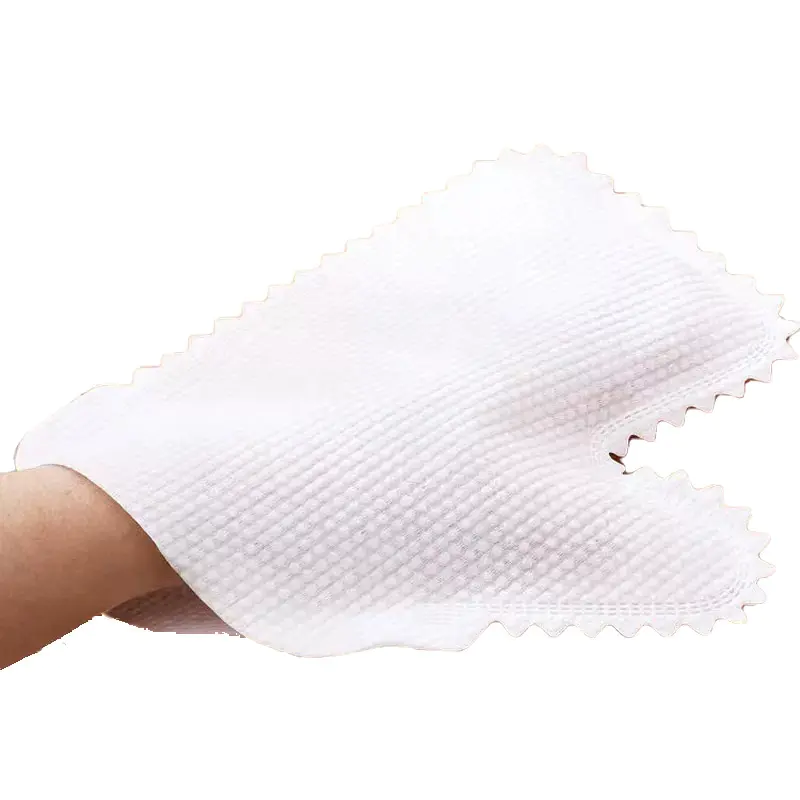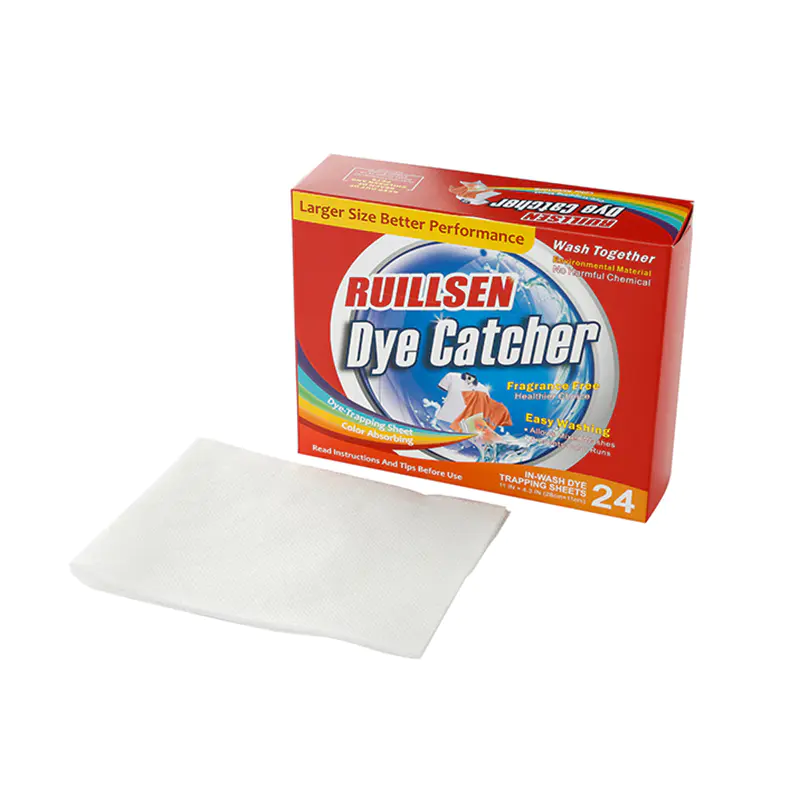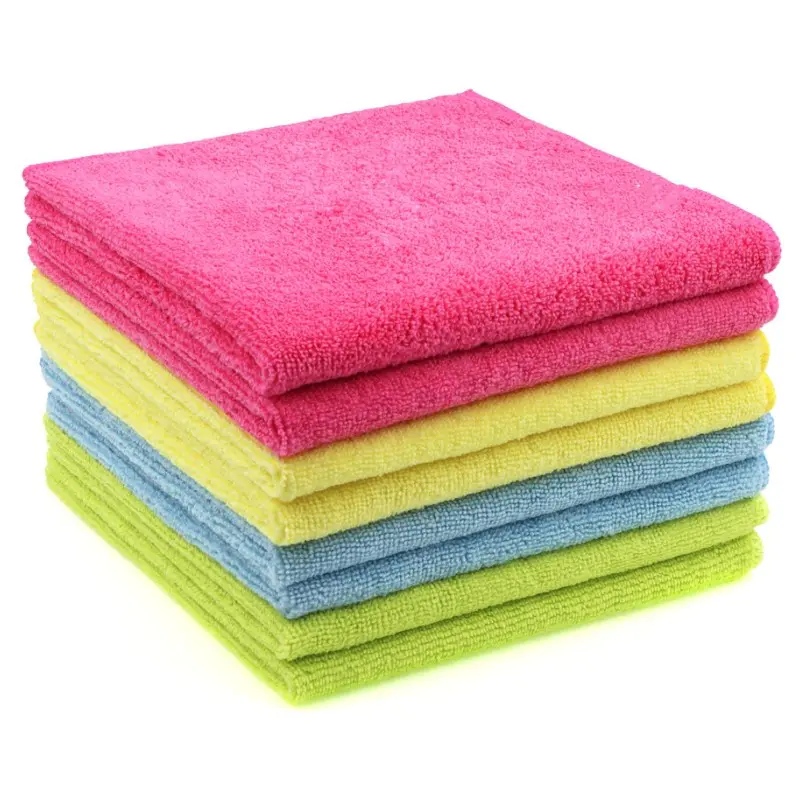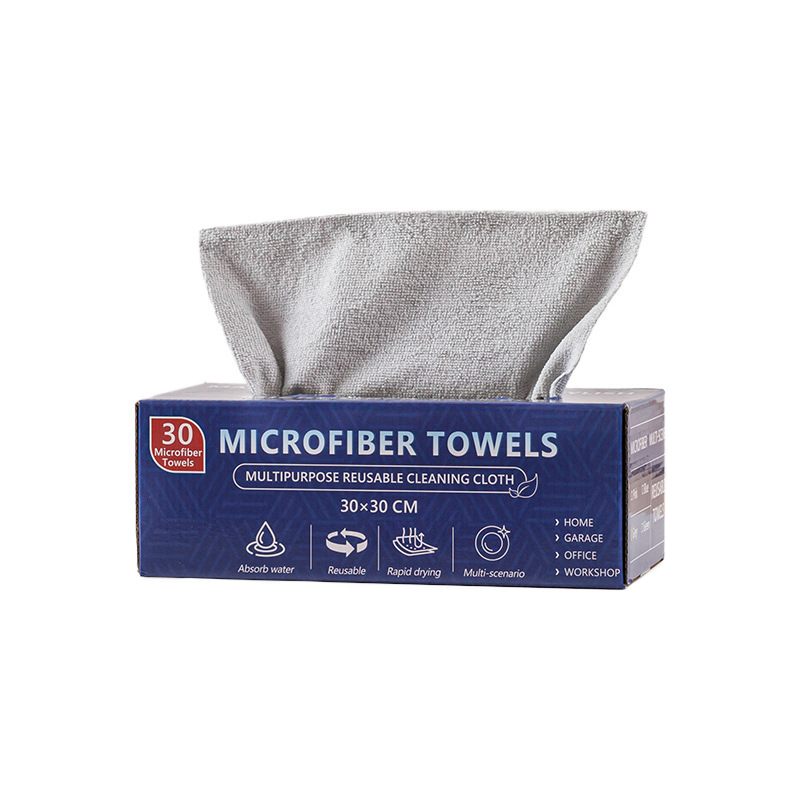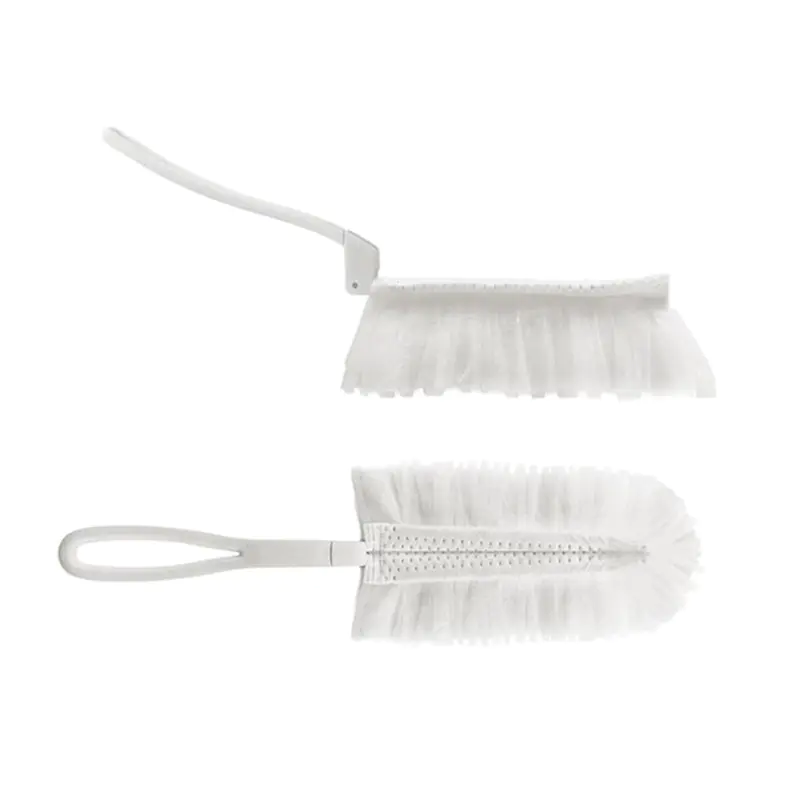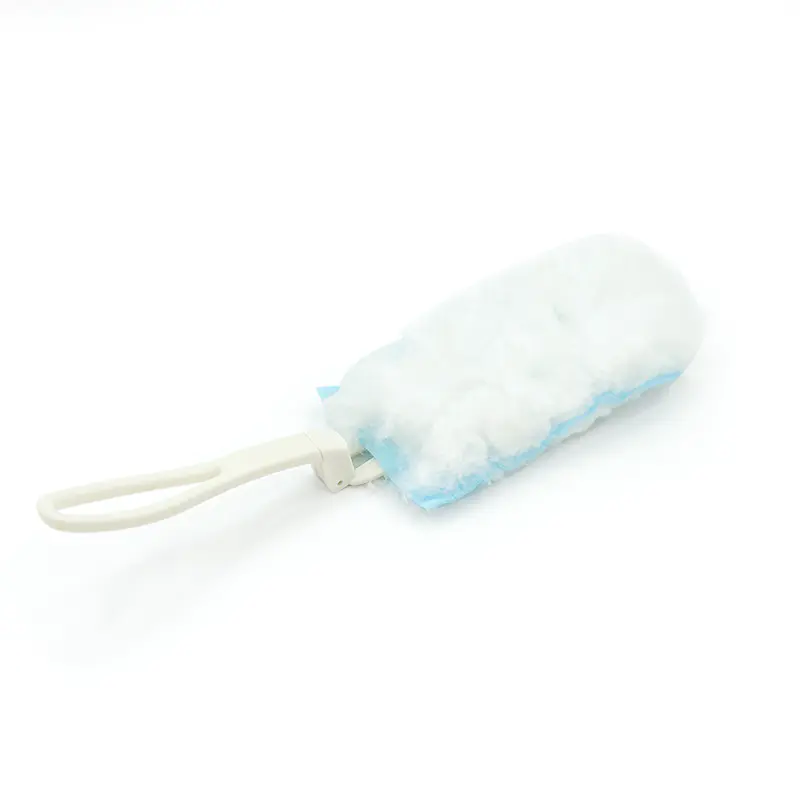During floor cleaning, the performance of Mop Refills directly affects cleaning efficiency and usage costs. In order to improve its water absorption and durability in different cleaning scenarios, it is necessary to optimize the system from aspects such as material selection, fabric structure design, production process and functional treatment.
In material selection, high water-absorbent fibers should be given priority. Although traditional cotton mops have good water absorption, they dry slowly and are prone to breeding bacteria; while microfibers have stronger capillary adsorption capacity due to their extremely fine fiber structure. They not only absorb water quickly and hold a large amount of water, but also dry quickly, which helps to reduce secondary pollution. In addition, composite materials made of absorbent polymers such as super absorbent polymers (SAP) can further enhance the water-locking ability of mops.
Design optimization of fabric structure is also critical to improving water absorption and durability. The use of three-dimensional weaving or double-sided suede structure can increase the surface area and porosity per unit area, thereby improving water absorption speed and water storage capacity. At the same time, by strengthening the interweaving density between fibers, it can effectively prevent hair loss or pilling during use, and improve overall wear resistance and service life.

Improvement of production process is also an important part that cannot be ignored. For example, the introduction of hot pressing or ultrasonic welding technology in the manufacturing process of non-woven fabrics can not only improve the overall strength of the mop head, but also avoid edge derailment or breakage, thereby extending the service life. In addition, edge wrapping or edge sealing of the cut edges can also help improve structural stability and reduce losses caused by wear.
Surface functionalization can further improve the overall performance. Through hydrophilic coating treatment, the fiber surface is easier to combine with water molecules, thereby accelerating the water absorption rate. As for durability, by adding tear-resistant agents or using alkali-resistant and high-temperature resistant fibers, the mop can be used in a variety of detergents and high-temperature cleaning environments to adapt to a wider range of cleaning needs.
Reasonable use and maintenance are also important factors in extending the life of Mop Refills. It is recommended that users choose the appropriate mop material according to the type of cleaning task, and follow the correct cleaning and drying process to avoid fiber aging caused by long-term soaking or high-temperature drying. Regularly replacing the mop head can also help maintain the cleaning effect and prevent bacteria from growing.
By selecting high-performance water-absorbing materials, optimizing fabric structure design, improving production processes, performing functional treatments, and strengthening usage management, the water absorption and durability of Mop Refills in various floor cleaning scenarios can be significantly improved, providing users with more efficient, economical and environmentally friendly cleaning solutions.

 English
English Español
Español